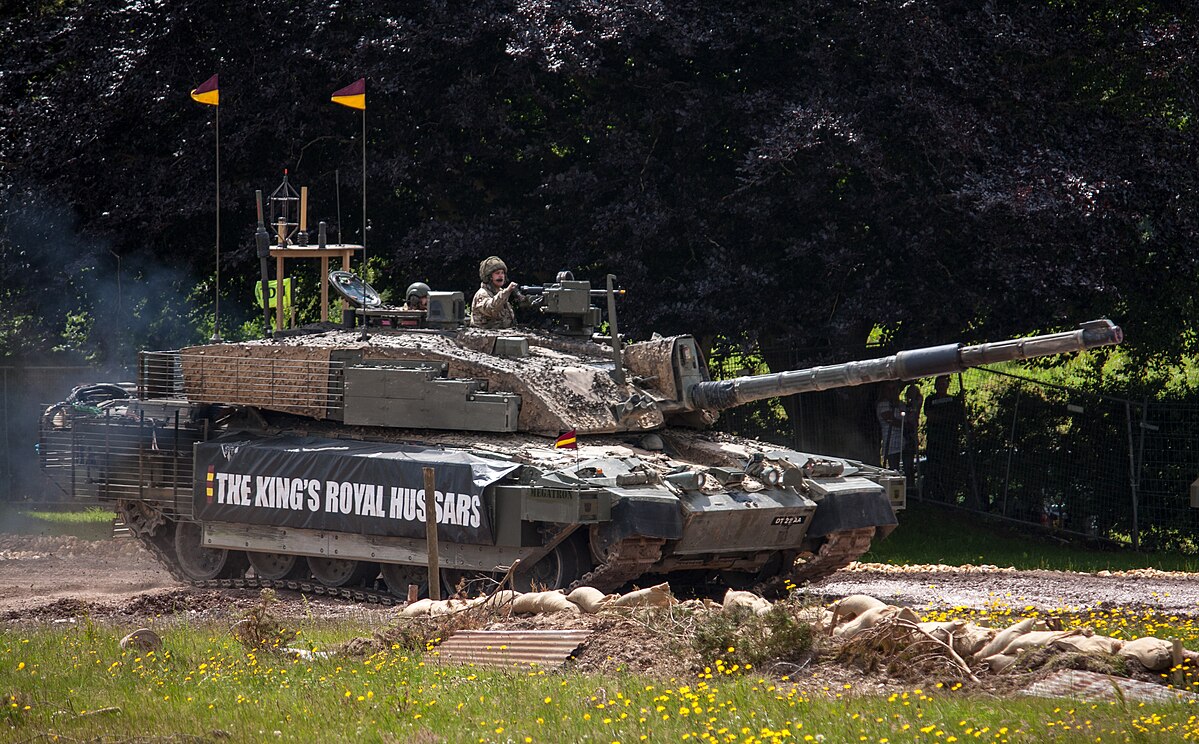BRITISH TYPE TANK ENGINE

The core advantages of British tanks lie in their strong protection, high-precision firepower and reliable diesel power. They are more inclined towards defense and stable combat rather than extreme lightweighting or high-speed mobility.
Challenger Series (Challenger 1 / Challenger 2)
Service period: Challenger 1 (1983 – 2001), Challenger 2 (1998 – present)
Characteristics:
Strong composite armor, with high survival capability
120 mm precision main gun (used in Challenger 2 as L30A1), with reliable fire control system
V12 turbocharged diesel engine, stable power performance
The cabin has ample space and places great emphasis on the protection of passengers.
Tactical concept: Emphasizes armor protection and precise firepower, leans towards stable combat and defensive capabilities
| Engine Model | Type | Displacement (cc) | Power | RPM | Application | Notes |
|---|---|---|---|---|---|---|
| Rolls-Royce Meteor | V12 petrol, water-cooled | 27 L | 600 hp | 2400 rpm | Centurion, early Chieftain | WWII-derived aviation engine, reliable but high fuel consumption |
| Leyland L60 | V12 2-stroke diesel, opposed-piston | 19.8 L | 650–750 hp | 2200 rpm | Chieftain MBT | Innovative design, compact, early reliability issues |
| Perkins CV12 Condor | V12 turbocharged diesel | 26.1 L | 1200 hp | 2500 rpm | Challenger 1, Challenger 2 MBT | High power density, modern transmission compatibility, suitable for heavy MBTs |
| Rolls-Royce CV12 | V12 turbocharged diesel | 26–27 L | 1200–1500 hp | 2500–2700 rpm | Challenger 2 / Future MBTs | Modular design, highly reliable, widely used in export/upgraded platforms |